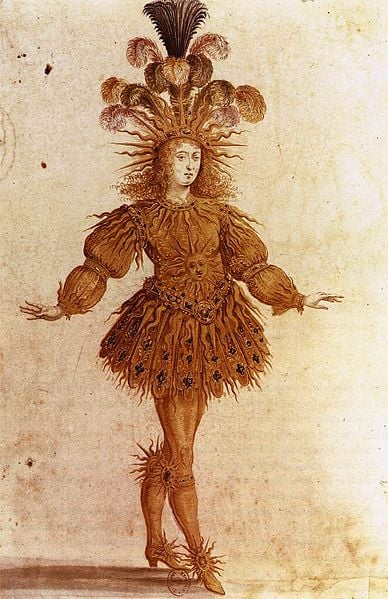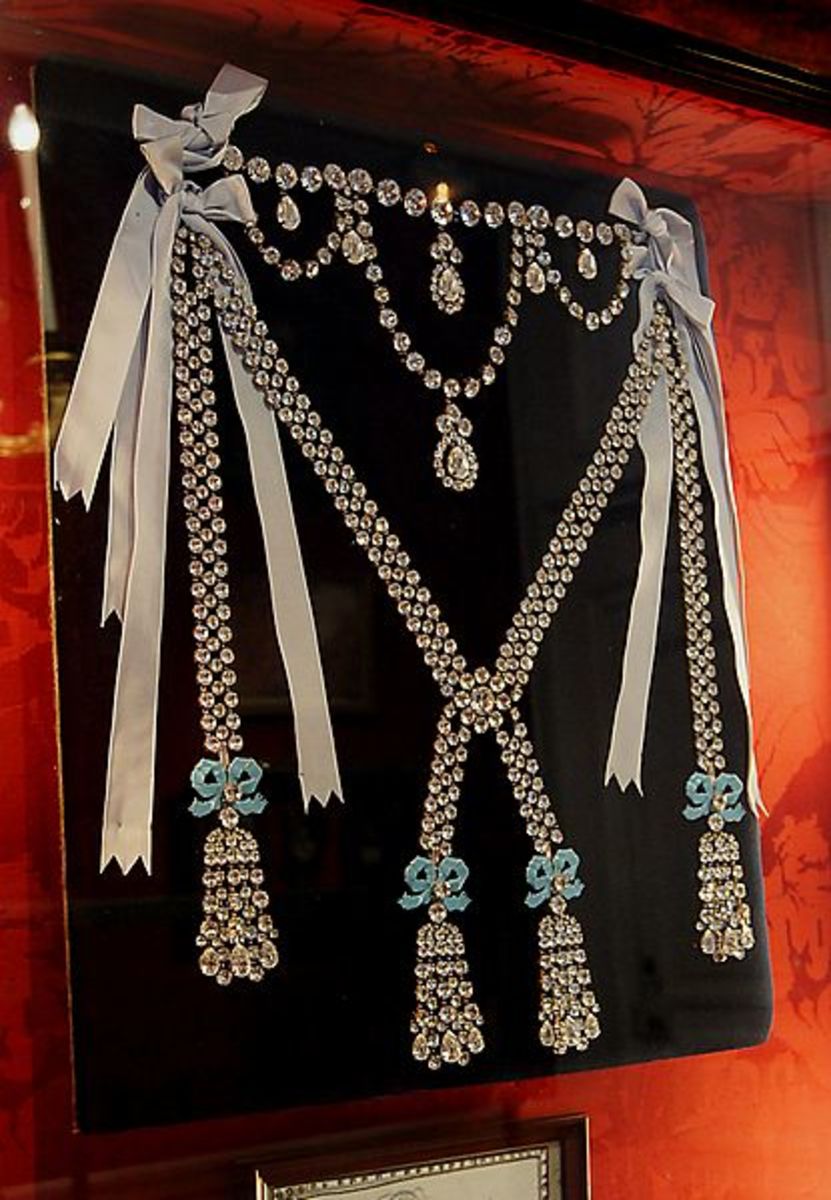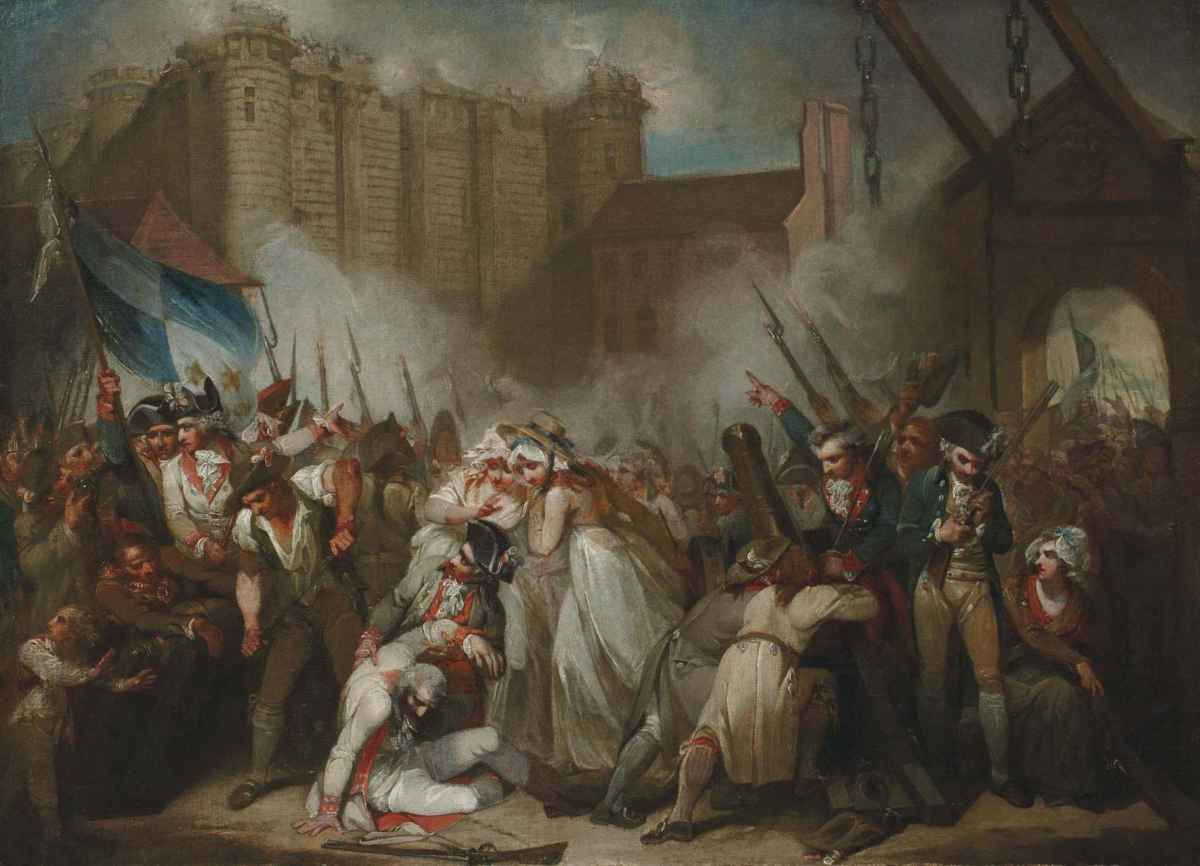- HubPages»
- Education and Science»
- History & Archaeology»
- History of Europe
Wealthy & Powerful Women of the Western World - A Series: La Grande Mademoiselle, Anne Marie Louise d'Orléans
Portrait of Anne Marie Louise d'Orléans, La Grande Mademoiselle

Family Circumstances of La Grande Mademoiselle
To understand Anne Marie Louise d'Orléans, La Grande Mademoiselle, one has to look carefully at her family and the times in which she lived. This is true of any person however most of humanity does not live on the “grand stage of history”. Fortunately, La Grande Mademoiselle, for also we have a true gem in her Mémoires. for in her own words she reveals her innermost thoughts and secrets.
The long shadow cast by King Louis XIII on La Grande Mademoiselle's father Gaston was great. One considers Gaston's position not only as the younger brother of the king but also for so many years from 1611 to 1638 the heir presumptive to the throne of France. This position had been threatened at least four times by his sister-in-law's (Anne of Austria's) pregnancies which had resulted in stillborn births in 1619, 1622, 1626, and 1631. Given the fact that there would be a seven year interlude before a male heir to Louis, Louis XIV was delivered in 1638, Gaston's expectation of he or his heirs becoming king history proved would not have been that farfetched. Louis XIII died in 1643 and Gaston, if Louis XIV had not been born, would have been king until his death in 1660. These circumstances led to Gaston leading a life constantly involved in political intrigues, constantly vacillating between opposing factions After the Fronde, Gaston was exiled by Cardinal Mazarin in 1652, and all of his Orléans titles were expropriated to Louis XIV's younger brother, Phillippe, Gaston remained in exile until his death.
In the case La Grande Mademoiselle 's mother, there was its absence. Marie de Bourbon, Duchess of Montpensier, daughter and heiress of Henri de Bourbon would die six days after giving birth to her daughter. La Grande Mademoiselle was at her birth the last of the Monpensier line of the House of Bourbon. This little newborn girl was now heiress without rival to an immense fortune. The estate passed to her by her mother included the Dauphinate of Auvergne, the Principality of Joinville, and the duchies of Montpensier,
The Family of the "Sun King", Louis XIV of France

Many Rejected Suitors
Her wealth alone would attract any number of suitor, The rising status of France in European politics and her position in the royal family only added to her attractiveness as a bride. Germany and Italy were but a patchwork quilt of disjoint states,. Spain despite the vast wealth it was deriving from the New World had started its decline with the defeat of the Armada in 1588. England whose age of exploration was just beginning was yet trying to cope with the issues of religion in politics. Thus, it is not surprising that her suitors included names such as Charles II of England, Charles Emmanuel II of Savoy, and Alfonso VI of Portugal.
Participation in the Fronde and Exile
La Grande Mademoiselle played an active role in the period known as the Fronde which was a civil war fought in two stages between 1648 and 1653. The first stage referred to as the Fronde Parlementaire. The original aims of the perpetrators were not really revolutionary, but were aimed at curtailing the encroachment of the monarchy to accustomed feudal privileges. The word fronde in French translates to the word sling in English. "sling" is what the mob would do with rocks at windows of the supporters of France's chief minister at the time, Cardinal Marazin..The issue was taxes on the territorial aristocrats which had been increase to pay off war debts. The nobility refused to pay so the burden was transferred to the merchant and middle class. The insurrections were quelled and for a short time Paris returned to normal.
The second phase, Fronde des nobles was not about constitutional rights but political intrigues and a scramble for power and control of patronage. Gaston d'Orléans, her father, was one of the leaders of this second phase along with men such as Armand, Prince of Conti and his brother Louis II, Prince of Condé. La Grande Mademoiselle was involved as well, as her financial and land interests were being threatened.
The nobles were defeated in this second phase of the Fronde. This guaranteed a phase of absolute monarchism established by Louis XIV. La Grande Mademoiselle fled to her château at Saint-Fergeau in Burgundy where she would remain until 1657 when she returned to court.
Learning The True Mademoiselle Through Her Writings
La Grande Mademoiselle began writing her memoirs during the period following the Fronde when she was exiled from Paris. It is a revealing story in which she relates stories from her youth. Two such tales are rater funny. In one she relates how she would not call her grandmother, Henrietta Catherine "grandmother" because she was not a queen. She also relates how she was sometimes scolded by her godfather, the great statesman, Cardinal Richelieu, for various childish mischief .
After returning to court , she would revisit these writing and add to them with contemporary events. Thus, she left behind some insight into the French court at the time of the Sun King, Louis XIV.
King Louis XIV of France, La Grande Mademoiselle's Cousin

Years at Court
The years at court were the years of indulgence of an absolute monarch creating a fantasy world of splendor and extravagance. It was the time of the emergence of France in literature, music, and fashion.
La Grande Mademoiselle was well suited temperamentally for this life. The salonwas well attended.This is very much in evidence in her writings.
She is noted for bringing Jean-Baptiste Lully who is considered the chief master of the French baroque style of music.
Finally, the court was full of intrigue, alliances, and liaisons. La Grande Mademoiselle was not above acting to either bring about or thwart such contrivances which from time to time resuled in Louis XIV's wrath. In 1663, she was the object of a marriage proposal to Alfonso VI of Portugal which Louis XIV was much in favor. La Grand Mademoiselle rejected the idea outright and was banished from court for a year or so.
The Death and Legacy of La Grande Mademoiselle
La Grande Mademoiselle have several loves in her life. In her youth she shock the court by suggesting that she marry Antoine Nompar de Caumont, duc de Lauzun. In fact a date was set for the wedding, in December 1670. Three days before the wedding Louis XIV sent word that he forbade it. It seems that Antoine although know for his charm and humor was also know for his jealousy and violence which caused several persons who had Louis XiV ear forbid the marriage.
There were other liaisons, some rumored and some actual, and as previously mentioned many suitors, but LaGrande mademoiselle nevered married.
In eary March 1693 she became very ill. She refused to even see Antoine.
She died on April 19, 1693 at the Palais de Luxembourg in Paris. She was buried at the Royal Basilica of Sanit Denis





